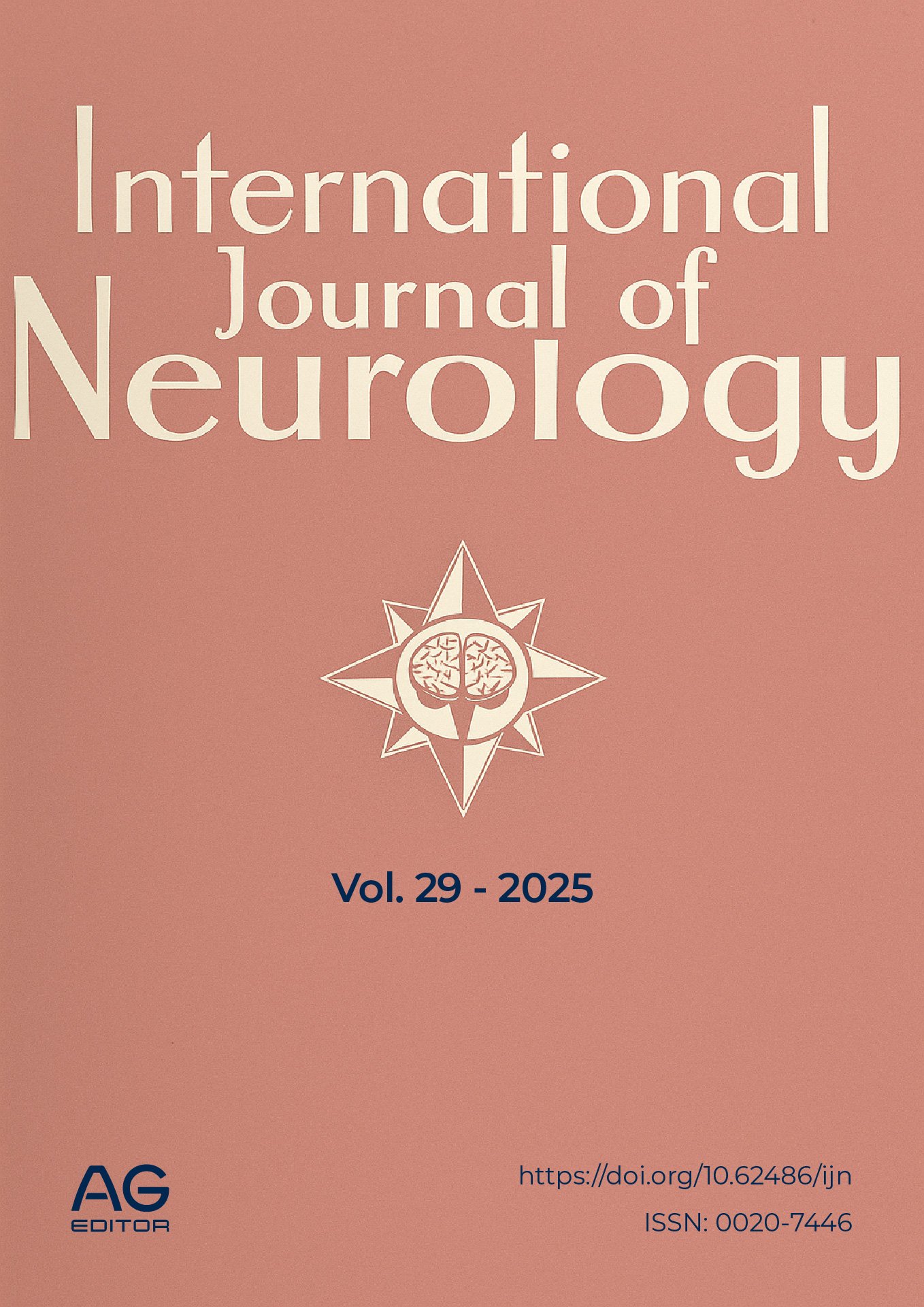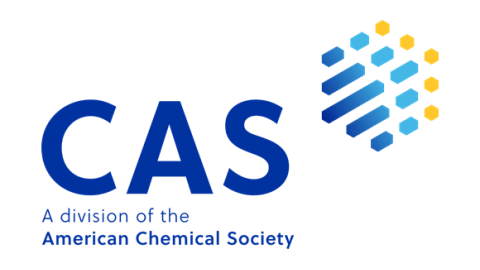Acute and Chronic Complications of High-Dose Corticosteroid Use in Patients with Spinal Shock: Systematic Revision
DOI:
https://doi.org/10.62486/ijn2025233Keywords:
"Corticosteroids", "Spinal Shock", "Complications", " Methylprednisolone", "Randomized Controlled Trials"Abstract
Background: During The use of methylprednisolone (MP) in patients with acute spinal cord injury has been widely debated due to its potential neurological benefits and associated risks of complications. While the administration of MP in the early hours following the injury has been adopted in many protocols, its use during surgical procedures remains controversial because of the high incidence of adverse effects. Materials and Methods: A systematic review of studies evaluating the use of MP during surgery in patients with acute spinal cord injury was conducted. The search included databases such as PubMed and the Cochrane Library, utilizing MeSH terms such as "methylprednisolone", "spinal cord injury", and "surgical complications". The selected studies included retrospective cohorts and controlled clinical trials. Results: The reviewed studies showed an increase in the incidence of severe complications, such as respiratory infections, gastrointestinal bleeding, and sepsis, in patients treated with methylprednisolone (MP) during surgical procedures. Some studies reported short-term motor improvements, but these were not consistent over the long term. Overall, patients receiving MP were at higher risk for complications like deep vein thrombosis and pneumonia compared to those who did not receive the drug (p < 0.01). These findings suggest that the risks associated with MP may outweigh its potential benefits in the surgical context. Conclusion: The use of prophylactic methylprednisolone during spinal stabilization surgery in patients with acute spinal cord injury is associated with a notable increase in the risk of severe complications. While some studies suggest initial motor improvements, the overall evidence points to significant risks, including infections and thrombotic events. These findings highlight the need to carefully reassess clinical guidelines regarding the use of MP in surgical settings and encourage exploration of alternative approaches that minimize potential adverse outcomes.
References
1. Watson C, Paxinos G, Kayalioglu G. The spinal cord: a Christopher and Dana Reeve Foundation text and atlas. 2nd ed. Elsevier; 2017.
2. Lima R, Monteiro A, Salgado AJ, Monteiro S, Silva NA. Pathophysiology and therapeutic approaches for spinal cord injury. Int J Mol Sci. 2022;23(22):13833. doi:10.3390/ijms232213833.
3. Choi SH, et al. Incidence of acute spinal cord injury and associated complications of methylprednisolone therapy: A national population-based study in South Korea. 2019.
4. Hachem LD, Ahuja CS, Fehlings MG. Assessment and management of acute spinal cord injury: from point of injury to rehabilitation. J Spinal Cord Med. 2017;40(6):665-75. doi: 10.1080/10790268.2017.1329076.z
5. Molano MR, et al. Complications associated with the prophylactic use of methylprednisolone during surgical stabilization after spinal cord injury. 2002.
6. Jendelova P. Therapeutic Strategies for Spinal Cord Injury. Int J Mol Sci. 2018;19(10):3200. doi: 10.3390/ijms19103200.
7. Dvorak MF, et al. Minimizing errors in acute traumatic spinal cord injury trials by acknowledging the heterogeneity of spinal cord anatomy and injury severity: An observational Canadian cohort analysis. 2014.
8. Singh A, et al. Global prevalence and incidence of traumatic spinal cord injury. 2014.
9. Lee BJ, Jeong JH. Steroid Use in Patients with Acute Spinal Cord Injury and Guideline Update. Korean J Neurotrauma. 2022 Apr;18(1):22-30. doi: 10.13004/kjnt.2022.18.e21.
10. Ito Y, Sugimoto Y, Tomioka M, Kai N, Tanaka M. Does High Dose Methylprednisolone Sodium Succinate Really Improve Neurological Status in Patients With Acute Cervical Cord Injury? A Prospective Study About Neurological Recovery and Early Complications. Spine (Phila Pa 1976). 2009;34(20):2121-2124.
11. Lu M, Zhang Y, Zhang J, Huang S, Huang F, Wang T, et al. Comparative effectiveness of digital cognitive behavioral therapy vs medication therapy among patients with insomnia. JAMA Netw Open. 2023;6(4) doi:10.1001/jamanetworkopen.2023.7597.
12. Dvorak MF, Noonan VK, Fallah N, Fisher CG, Rivers CS, Ahn H, et al. Minimizing errors in acute traumatic spinal cord injury trials by acknowledging the heterogeneity of spinal cord anatomy and injury severity: an observational Canadian cohort analysis. J Neurotrauma. 2014;31(15):1540–7. doi: 10.1089/neu.2013.3278.
13. Wilson JR, Forgione N, Fehlings MG. Emerging therapies for acute traumatic spinal cord injury. CNS Drugs. 2017;31(3):215-34. doi:10.1007/s40263-017-0411-1.
14. Grossman RG, Fehlings MG, Frankowski RF, et al. A prospective multicenter phase I matched-comparison group trial of safety, pharmacokinetics, and pharmacodynamics of riluzole in patients with acute spinal cord injury. J Neurotrauma. 2014;31(3):239-55. doi:10.1089/neu.2013.3037.
15. OpenStax College. Anatomía y Fisiología. Oregon State University; 2012. Disponible en: https://open.oregonstate.education/aandp/chapter/14-3-the-brain-and-spinal-cord/.
Published
Issue
Section
License
Copyright (c) 2025 Bruno Fogo, Mauro Perugino (Author)

This work is licensed under a Creative Commons Attribution 4.0 International License.
The article is distributed under the Creative Commons Attribution 4.0 License. Unless otherwise stated, associated published material is distributed under the same licence.







